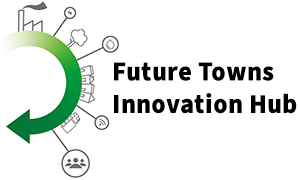As a reminder, your project will succeed if you strengthen the factors that support change and reduce those that resist it.
While it’s tempting - and certainly more convenient - to identify the drivers (things that support change) and barriers (things that resist change) from the comfort of your office or home, that approach will only take you so far.
To truly build meaningful connections and opportunities, you need to step outside, engage with others face-to-face and immerse yourself in the real-world. This is where design thinking comes in!
Design thinking is a human-centred approach to problem-solving and vision setting that prioritises understanding people’s needs, collaborating with diverse perspectives and iterating on ideas through hands-on experiences.
It’s not just about designing things that solves problems, it’s about solving problems using design; be it designing better interactions, relationships and solutions that resonate with real people.
When you practice design thinking:
- You develop empathy that gain a deeper understanding of their challenges, motivations and desires.
- You uncover insights that often reveal pain points and opportunities that digital interactions can’t.
- You collaborate effectively – improving trust, creativity and spontaneous idea generation.
- You test and refine ideas quickly that help validate assumptions before investing too much time in the wrong direction.
So while remote tools are helpful, real innovation and connection happen when you step out, engage and co-create with others in the real world.


Please sign in or register to make a comment.